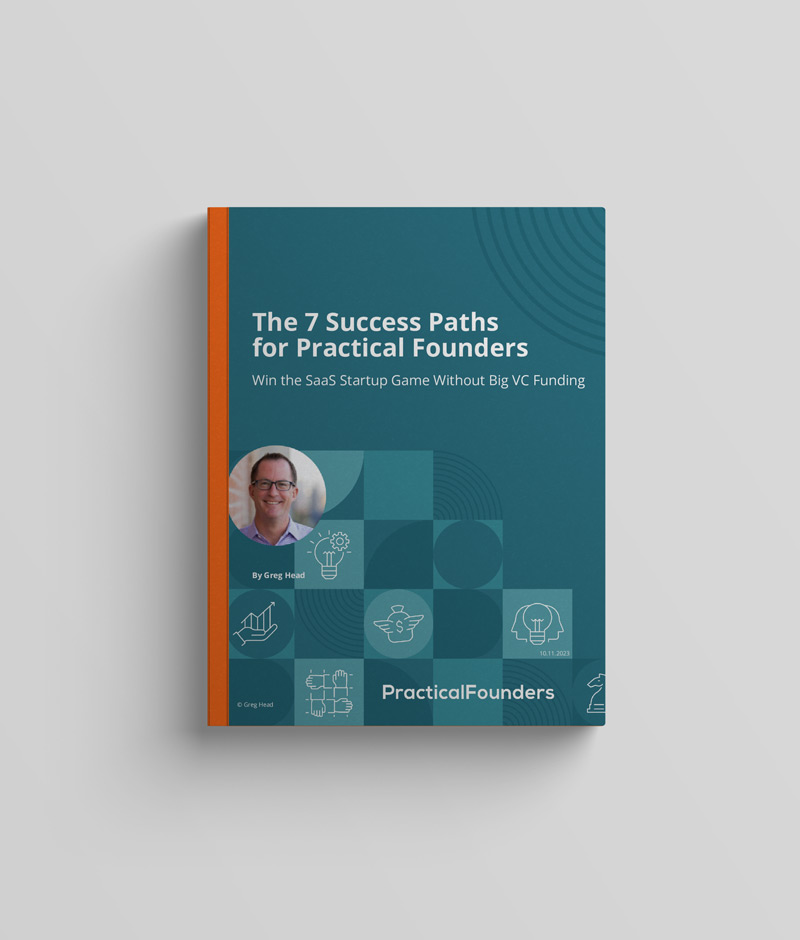It’s generally easier to start a software startup with a group of potential customers with a big problem they will pay to solve. Then build a product just for that.
Or you can build a cool product with whiz-bang technology and then go in search of customers who will pay for it.
This product-first approach is often called “a solution looking for a problem.”
Sometimes it works, but starting product-first is typically riskier, more expensive, and more difficult than the customer-first approach.
Going in desperate search of customers who will love your product and pay for it can take years to develop into an actual business.
Just ask Karl Swannie, co-founder and former CEO of Echosec.
Karl was a geographer working in Victoria, BC, Canada when he started analyzing public social media data based on location with a simple software tool he created.
He quickly learned there was valuable real-time information that could be very useful to many people, so he launched a startup called Echosec to commercialize this technology.
It took a couple of years to build a real product that worked well enough.
Then a couple of more years of experimenting with different target customers and business models.
- Who will pay for this and get amazing value? Individuals, news services, big companies, and government organizations?
- How should we price it? Freemium, $40/month plans, big annual contracts?
- What are the channels to reach them? Ads, SEO, outbound, partners, enterprise hunters?
Finally, when they were desperate, they stopped serving individuals and moved their focus to serving only large organizations that would pay them $10,000 to $100,000 a year for threat intelligence insights.
It was a bet-the-company move. And it worked.
On the Practical Founders Podcast this week, Karl told me:
“We definitely did it the hard way starting with our product and our technology. It was so painful to search for customers who cared and would pay us, trying different business models for each. And then it was hard to turn off the little one-off customers that we couldn’t serve profitably.”
After their big shift to bigger deals five years in, they started to grow fast. An amazing product and happy customers with profitable pricing all lined up and working, at last.
Echosec was acquired by Flashpoint in 2022 for “about $100 million in total shareholder value created,” according to Karl.
They raised a few types of creative practical funding, including family office investment, venture debt, and a “search fund” partial acquisition. But no institutional VC funding.
Listen to the amazing story of Echosec’s big B2B pivot, their creative practical funding, and their market expansion approaches on the Practical Founders Podcast.
Which approach did you take—product first or customer first? Which is your pivot foot that won’t change?
#practicalfounders


